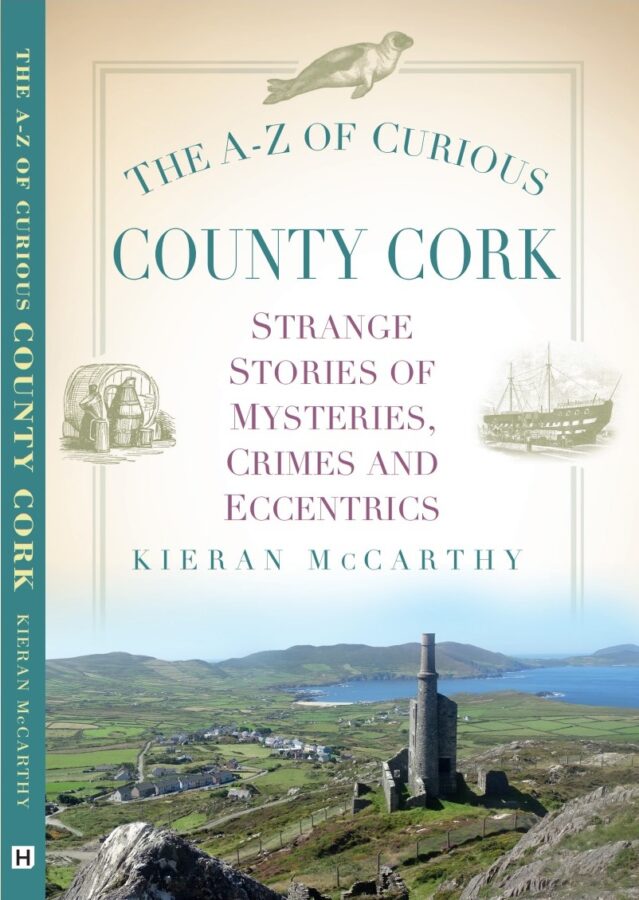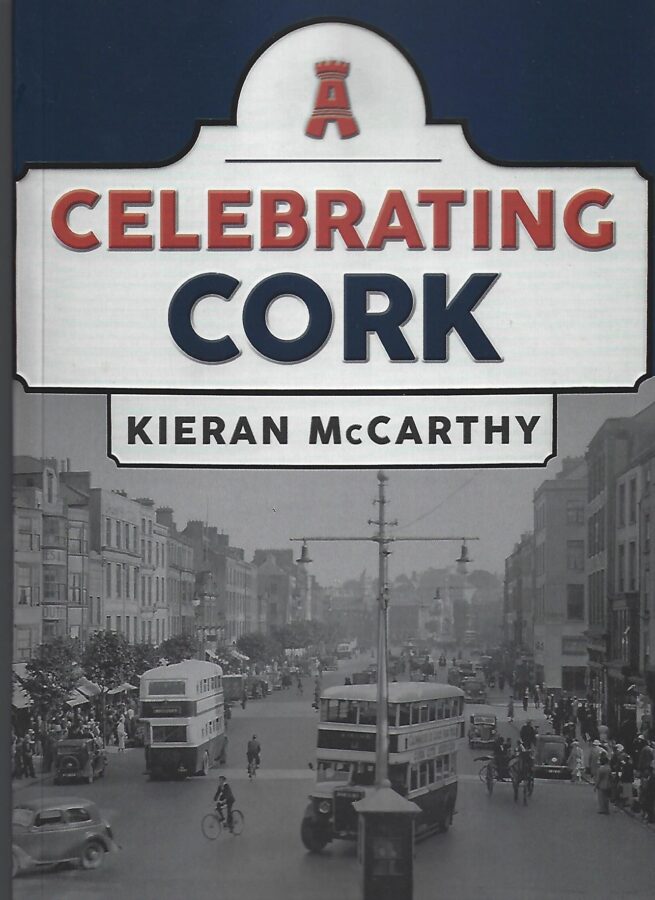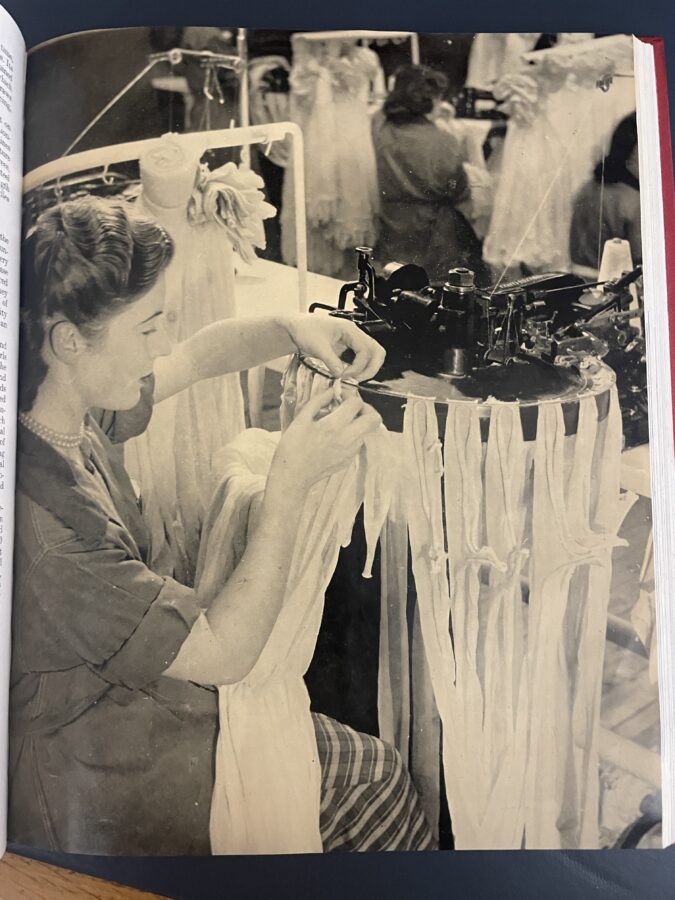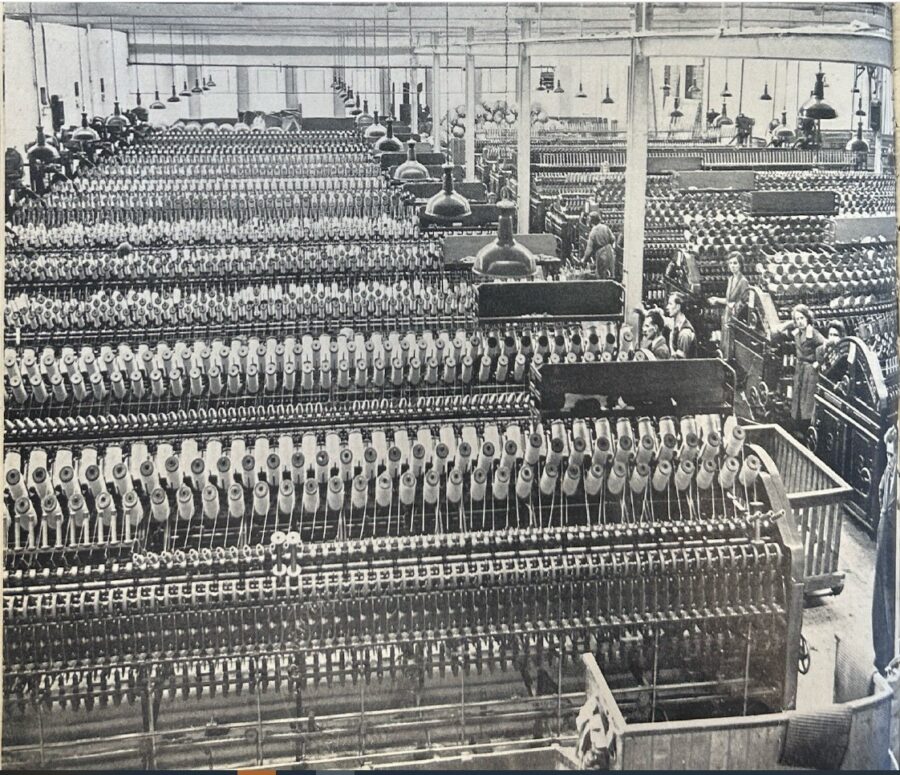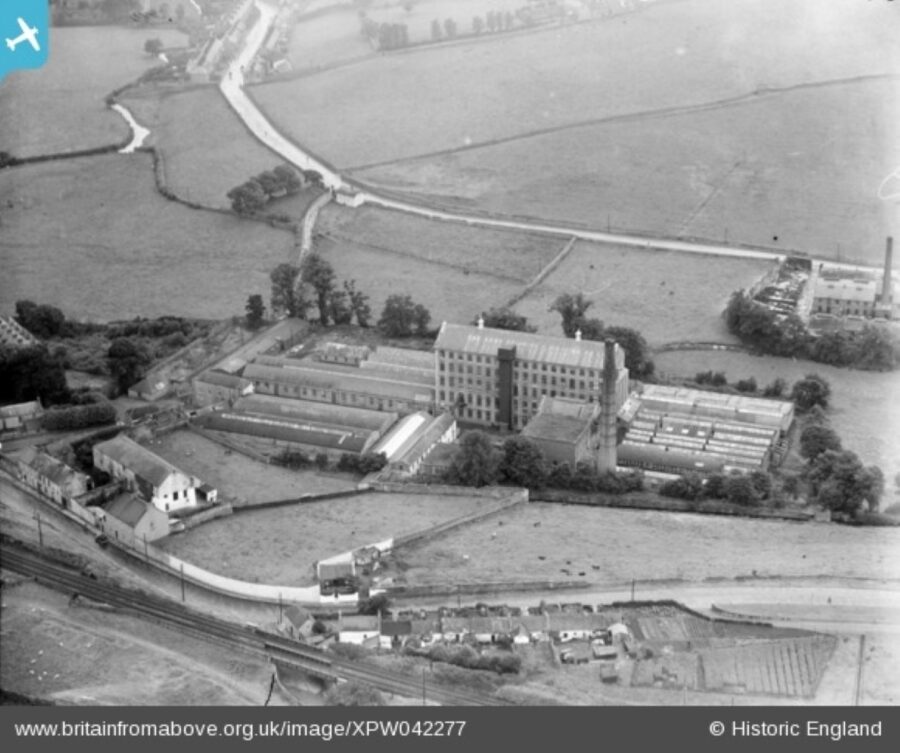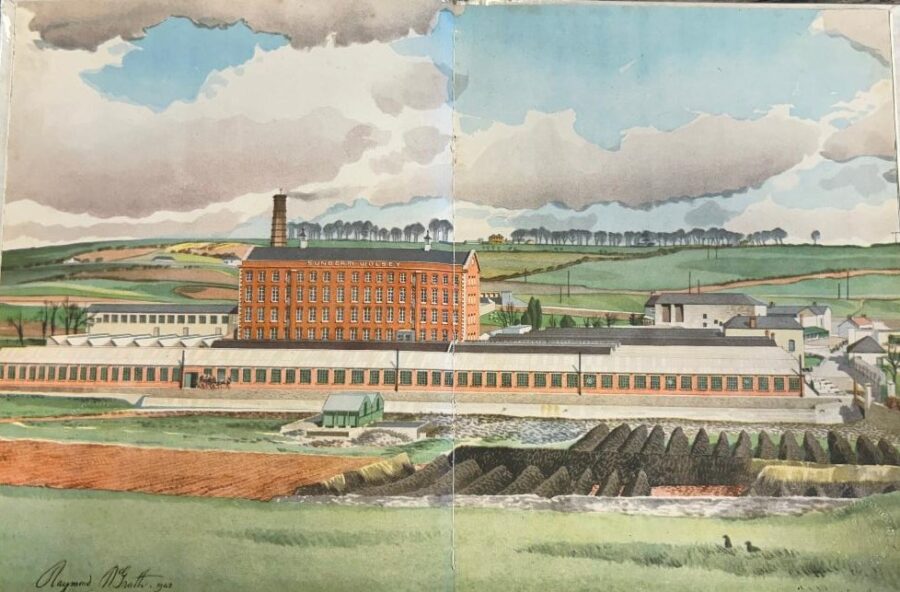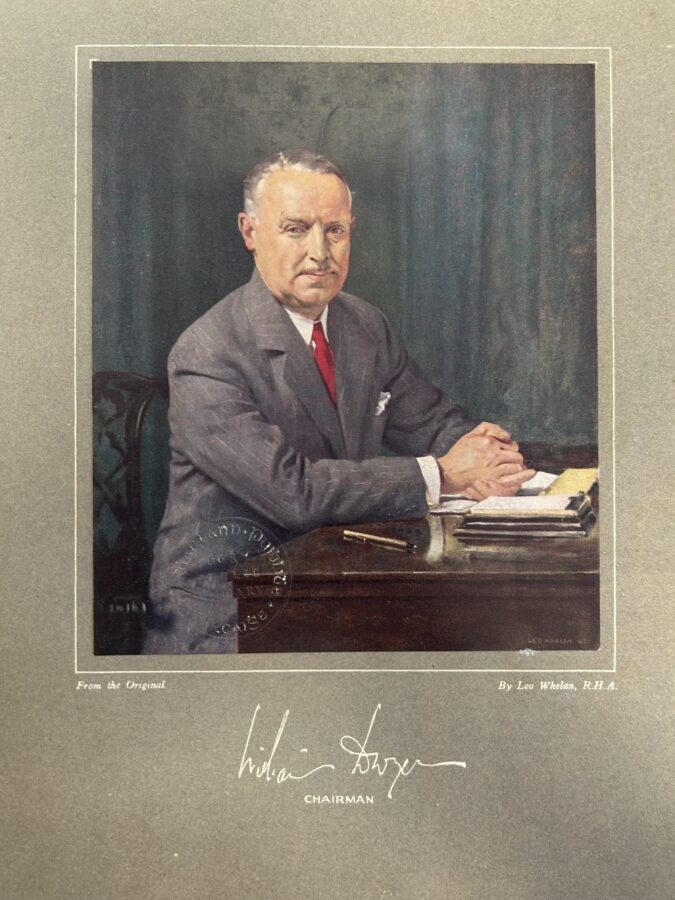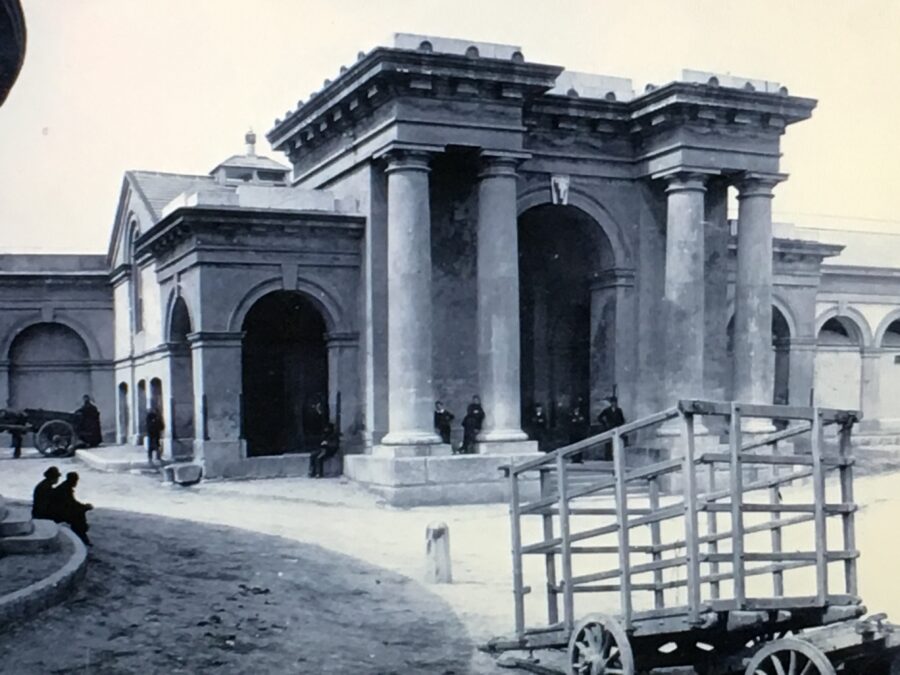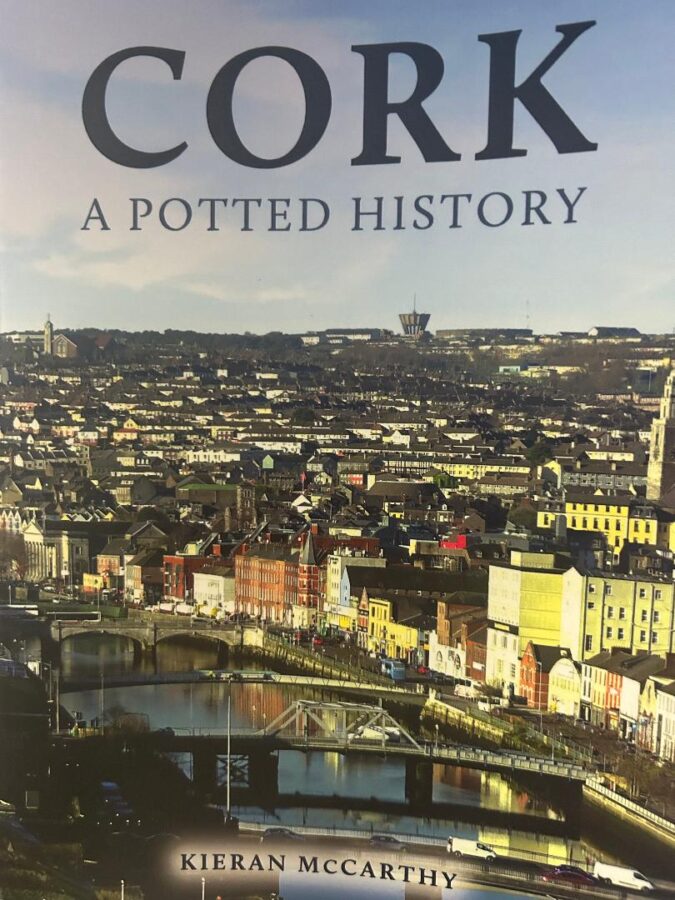
Kieran’s Our City, Our Town Article,
Cork Independent, 5 December 2024
Kieran’s Cork Books for Christmas
It’s only a few weeks to Christmas. There are three publications of mine, which readers of the column might be interested in to buy as Christmas gifts. All were published in the past two years and are available in Waterstones, Vibes and Scribes, and Easons.
Cork: A Potted History (2024) is published by Amberely Publishing. The book is a walking trail, which can be physically pursued or you can simply follow it from your armchair. Cork: A Potted History builds upon my other book from Amberley, Secret Cork, but this time it takes the viewer on a walking trail of over forty sites. It takes a line from the city’s famous natural lake known just as The Lough across the former medieval core, ending in the historic north suburbs of Blackpool.
Starting at The Lough – a Cork gem – which once hosted everything from duels to ice skating and its own tree nursery, the trail then rambles to hidden moats, ancient hospital sites, lost meeting houses, legacies of medieval remnants, across ancient streetscapes to exploring forgotten industrial urban spaces. The book reveals the city’s lesser-known heritage and hidden urban and cultural heritage features.
Places matter in Cork. The city’s urban landscape is filled with stories about its past. With some sites, you might stop and contemplate as you’re passing by, and many others might not be given a second look. But a second and even a third look can reveal some interesting historical nuggets and curiosities about Cork’s development. In Cork it always pays to look above the ground floor to shop and house level.
Last year’s publication, The A-Z of Curious County Cork (2023),published by History Press UK (2023) is still selling well. It has been born out of my own personal curiosity for many years now to venture off the main roads of County Cork to explore the curiosities of cultural heritage in County Cork. There are approximately 120 stories from different corners of County Cork. From the A-listing of Apparition to the Z listing of Zeal.
The added task of picking over one hundred curiosities of County Cork was also going to be a challenge. It is difficult to define what a curiosity is. Such a distinction varies from one person to another. The importance of a curiosity in one locale may also not be a curiosity to another locale. The stories within this book, and which I have chosen and noted as curiosities are ones, which have lingered in my mind long after I found them or brought me down further ‘rabbit holes’ of research.
Being the largest county in Ireland, Cork has the advantage of also having the largest number of cultural heritage nuggets. However, with that accolade comes the conundrum of what nuggets to pick from. With any A-Z of anything it does not cover every single aspect of a particular history but this book does provides brief insights into and showcases the nuggets and narratives of cultural interest that are really embedded in local areas. It also draws upon stories from across the county’s geography.
Much has been written on the histories of County Cork. There is much written down and lots more still to be researched and written up. The County is also blessed with active guardians of its past. In particular, there is a notable myriad of local historians and historical societies, which mind the county’s past and also celebrate and even commemorate it through penning stories in newspaper articles, journals, books and providing regular fieldtrips for the general public. There is also the impressive heritage book series on County Cork, published by the Heritage Unit of Cork County Council.
Celebrating Cork (2022) is published by Amberley Publishing and explores some of the reasons why Cork is so special in the hearts of Corkonians and its many visitors. It takes the reader through the familiar and lesser-known layers of Cork’s importance in Atlantic Europe. Different chapters focus on the history of its port; the documents and maps which defined the city’s sense of identity; the Arts and Crafts movements, which can be viewed within the cityscape; its key institutions and charities; its engineering feats; and perhaps why Cork is known for its rebel nature. Illustrated throughout, Celebrating Cork will be of great appeal to residents, visitors and all those with connections to the city. It will be a source of civic pride as well as a valuable contribution to local history.
Celebrating Cork builds on my previous publications – notably Cork In 50 Buildings, Secret Cork, and Cork City Centre Tour – all published by Amberley Publishing. This book focuses on different topics again of Cork’s past and places more focus on elements I have not had a chance to write upon and reflect about in the past.
With more and more archival material being digitised, it is easier to access original source material in antiquarian books or to search through old newspapers to find the voices championing steps in Cork’s progression in infrastructure, community life or in its cultural development.
More and more I am drawn to a number of themes, which I continue to explore in publications. As a city on the very edge of western Europe, and as a port city, Cork has always been open to influences, from Europe and the world at large. Cork’s Atlantic-ness and that influence whether that be location, light or trade is significant.
Corkonians of the past were aware of the shouts of dockers and noise from dropping anchors – the sea water causing masts to creak, and the hulls of timber ships knocking against its wall, as if to say: ‘we are here’, and the multitudes of informal international conversations happening just at the edge of a small city centre.
Cork’s ruralness and its connections to the region around it especially the River Lee and Cork Harbour is a theme which I have been actively writing about for over a decade. There are certainly many stories along the river and estuary, which have been lost to time and Cork’s collective memory.
Cork’s place as a second city in Ireland and its second city engine is an important influencer of the city’s development in the past and for the future.
Captions:
1282a. Front cover of Cork A Potted History by Kieran McCarthy
1282b. Front cover of The A-Z of Curious County Cork by Kieran McCarthy
1282c. Front cover of Celebrating Cork by Kieran McCarthy
